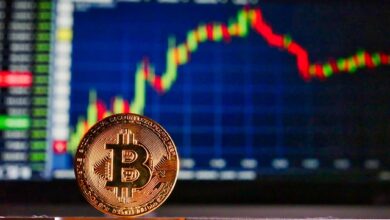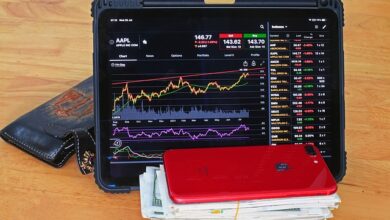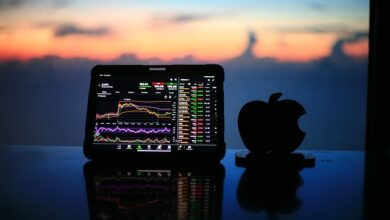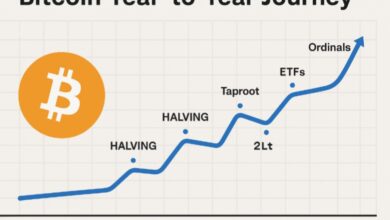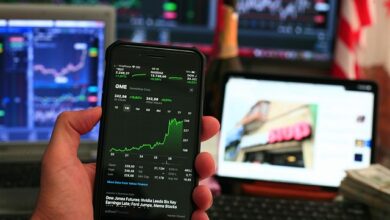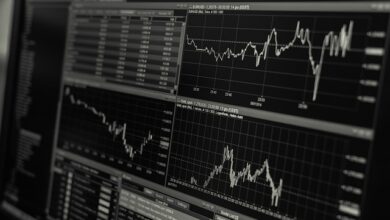From Fear to Fiat Decay: Why Gold & Bitcoin Are Rallying Now
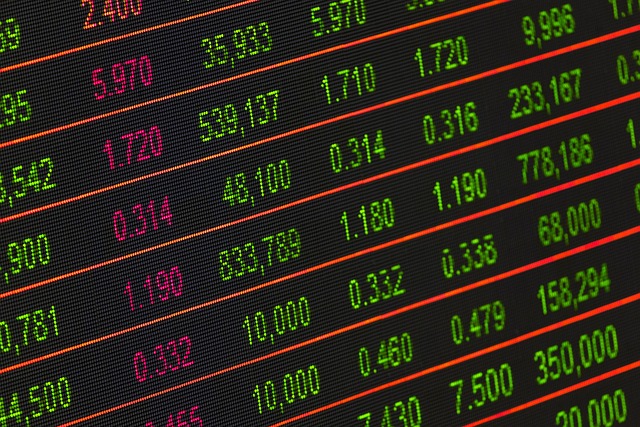
Introduction: Two Market Forces Collide
Financial markets are rarely placid. Yet in 2025, we’re witnessing a striking convergence of two powerful themes:
The old “wall of worry” — the constant backdrop of risk, anxiety, and uncertainty that keeps investors wary — and
The rising “debasement trade” — the view that central banks and governments are weakening currencies (through debt, inflation, stimulus) and that investors must cling to assets that can’t be printed.
Together, they’re pushing capital into gold and bitcoin — two assets often viewed as alternative hedges. In a time of choppy markets, they benefit from both fear and skepticism of fiat money.
Let’s unpack how these themes play out, why gold and bitcoin are rising, and what this means for investors.
The “Wall of Worry” – A Market’s Constant Companion
The phrase “wall of worry” captures how markets often rise despite a long list of worries: geopolitical strife, high debt, inflation, rate uncertainty, political volatility, etc. The idea is simple but powerful: even amid fear, markets march upward — until something breaks.
In recent months, that wall has included:
Persistent inflation and monetary policy uncertainty
Ballooning fiscal deficits, especially in the U.S.
Signals that central banks may cut rates despite inflation
Weakness in the U.S. dollar and signs of stress in bond markets
Political gridlock, government shutdown risks, and global debt worries
All of it weighs on investor confidence. But paradoxically, that very anxiety can push investors toward “safe haven” or alternative assets — like gold and crypto.
Enter the “Debasement Trade”
While the wall of worry is a classic backdrop, the debasement trade is a newer narrative gaining steam. It’s rooted in the idea that:
Governments and central banks are effectively debasifying (degrading) their currencies.
Massive deficits, loose monetary policy, and growing debt burdens may lead to inflation or weaker fiat currencies.
Investors, fearing erosion of dollar purchasing power, pivot into assets that cannot be printed — like gold or limited-supply digital assets (e.g. bitcoin).
As The Guardian recently observed, this trade is driven by concern that “persistently high government debt, weakening major currencies like the U.S. dollar, and diminishing central bank independence” push money into hard assets. The Guardian
In short: we may not just be fleeing fear — we’re fleeing currency debasement.
Why Gold and Bitcoin Are the Beneficiaries
So why are gold and bitcoin rising together, especially in such a volatile climate?
Gold: The Classic Safe-Haven
Gold’s appeal in times of uncertainty is well established. It’s seen as a store of value, a hedge against inflation, and a non-counterparty asset. In 2025, gold has climbed past $4,000/ounce as inflows into gold ETFs hit record highs. Investopedia+1 Central banks are also buying more gold, increasing its share in foreign reserves to ~24%. Investopedia+1
Bitcoin: The Digital Shade from Fiat Risk
Bitcoin, sometimes described as “digital gold,” has also surged (above $125,000 in 2025) as investors treat it as a hedge against fiat currency weakness and inflation. Investopedia Some see it as especially attractive to younger, digital-native investors who distrust centralized monetary systems. Journalists and analysts argue that bitcoin fits squarely in the current “debasement trade.” Yahoo Keuangan+1
In fact, crypto funds and ETFs tied to bitcoin have seen renewed inflows, suggesting both retail and institutional investors view bitcoin as part of the broader hedging play. Investopedia
Tension: Bond Market Says “Not So Fast”
Interestingly, not all markets align with the debasement narrative. For example, the bond market’s long-term inflation expectations and real yields have not moved as dramatically as gold and crypto. Some analysts call this mismatch a warning sign. The Wall Street Journal
In other words, while gold and bitcoin may scream debasement, fixed-income markets are sometimes more cautious, signaling that some investors still believe in the relative stability of fiat and bonds.
This divergence highlights that the debasement trade is partly speculative — driven by sentiment, fear, and strategy — not purely fundamentals.
When Volatility Helps the Hedge
October is traditionally volatile, and in such months, headline risk and fear often dominate. That tends to boost demand for safe-haven and nontraditional assets. The dual forces of:
A rising wall of worry — more troubling headlines, debt scares, policy shifts
A belief in fiat debasement — growing skepticism of dollar strength
— can amplify flows into gold and bitcoin, even if other parts of the financial markets remain uncertain.
In other words: when people feel less confident in everything else, they often place their bets on what can’t be printed or depreciated easily.
Risks to Watch: This Rally Doesn’t Guarantee Inevitable Upside
Of course, the debasement trade is not without risks. Some warning signs:
Policy or rate reversal: If central banks aggressively tighten, inflation falls, or the dollar strengthens, the narrative weakens.
Bitcoin volatility and regulation risks: Bitcoin can crash sharply, and regulation (especially U.S. regulatory action) could pose big headwinds.
Overcrowding & valuations: If too many investors pile in, returns may be compressed or a reversal may follow.
Discrepancies between speculation and fundamentals: As with the bond market, if traditional markets don’t move in tandem, the narrative may fracture.
Technological or monetary innovation: If new digital systems or currency frameworks emerge, the idea of debasement could be challenged.
Conclusion: A Potent Fusion of Fear and Monetary Skepticism
Gold and bitcoin are rallying not just because investors are afraid — but because they suspect fiat currencies are under growing pressure from policy, debt, and inflation. The classic “wall of worry” gives markets a backdrop of ongoing stress, while the “debasement trade” adds a more structural, ideological dimension: avoiding the erosion of nominal value.
While some markets remain skeptical (like bonds), the strong flows into safe-haven and alternative assets suggest many investors prefer to be protected than to risk being caught on the wrong side of currency weakness.
Final Thoughts & Suggestions for Investors
Balance your exposure
Don’t bet everything on gold or bitcoin — diversify into other assets that benefit from stability, growth, or yield.Size your allocations thoughtfully
These are hedge or alternative bets. 5–10% exposure might make sense for many portfolios — depending on risk tolerance.Manage volatility actively
Use stop losses, scaling strategies, or hedges (options, derivatives) to protect gains or limit downside.Watch macro signals
Keep an eye on real yields, inflation data, central bank policy, and currency movements. These will often steer the sustainability of the trade.Be ready to rotate
If the narrative shifts — for example, a stronger dollar, surprise rate moves, or macro stabilization — you may want to rotate out or rebalance.Use time as an ally
Don’t try to time every pivot. Maintain discipline, avoid emotional overreactions, and stay attuned to evolving market cues.
✅ In Short
The wall of worry keeps risk on everyone’s mind.
The debasement trade feeds on fears of fiat erosion driven by debt, inflation, and monetary policy.
Gold and bitcoin have become twin beneficiaries — one ancient and one digital — in this volatile environment.
But remember: no trade is bulletproof. Stay nimble, diversify, and keep your hand on the steering wheel — not your emotions.




